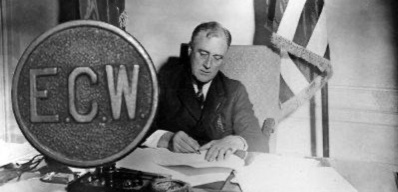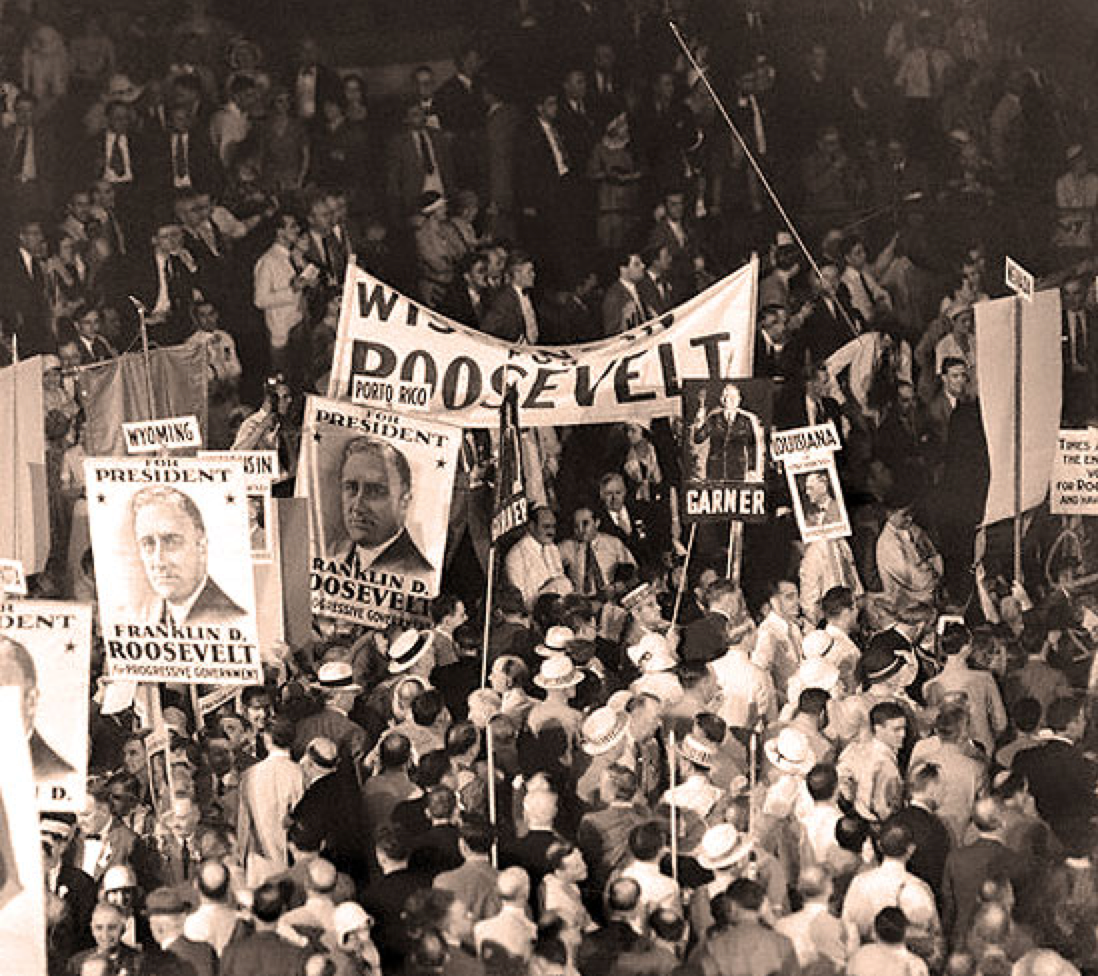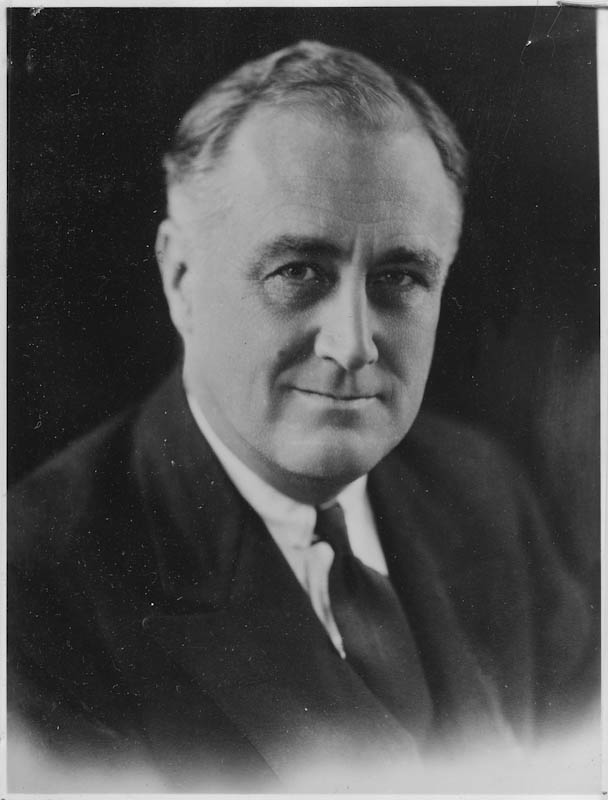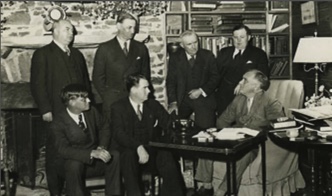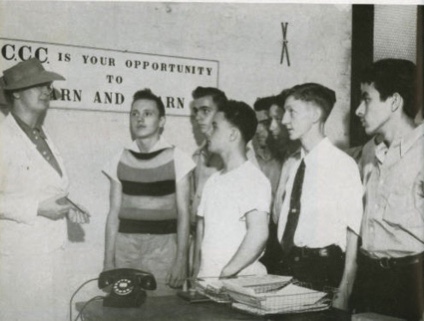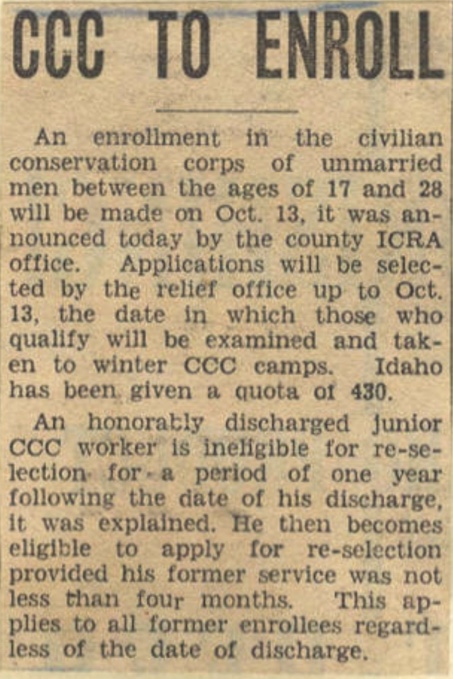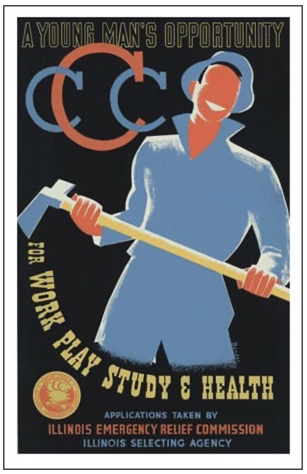"The 1932 Presidential election was more a cry for help than it was an election." (Apps 15)
At the start of 1930, President Herbert Hoover was extremely unpopular. He believed solving problems caused by the Great Depression was not the US government's job. FDR won the 1932 election against Hoover in a landslide; winning all but 5 states. FDR promised people he'd fix their problems with a "New Deal.”
"'I pledge myself, to a new deal for the American people. Let us all here assembled constitute ourselves prophets of a new order of competence and of courage. This is more than a political campaign; it is a call to arms. Give me your help, not to win votes alone, but to win in this crusade to restore America to its own people.' Franklin D. Roosevelt" (fdr.library.com)
